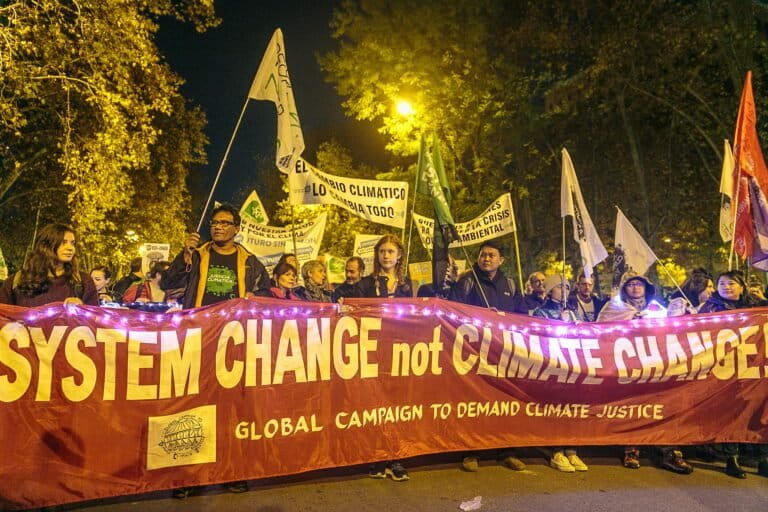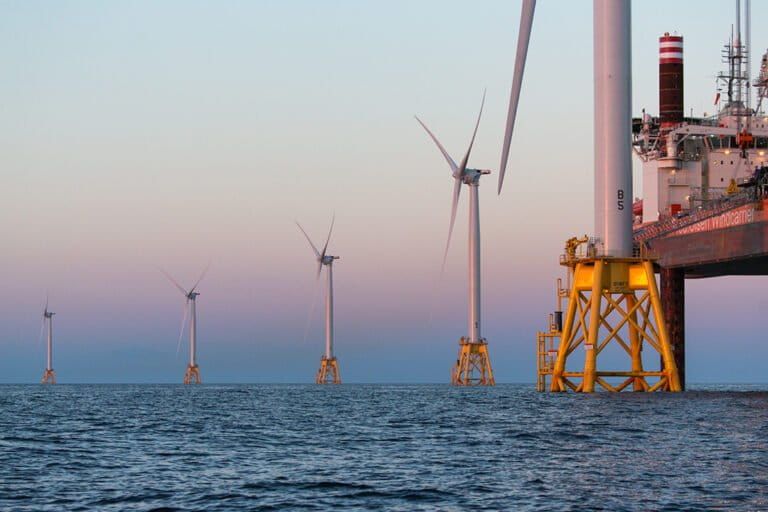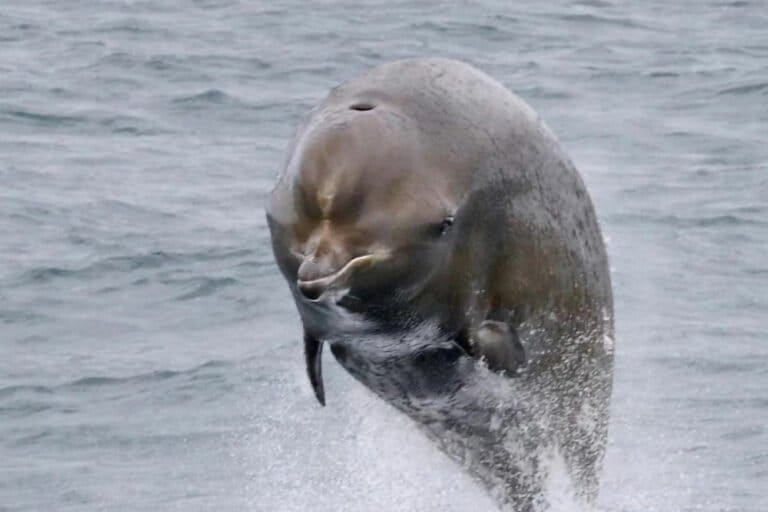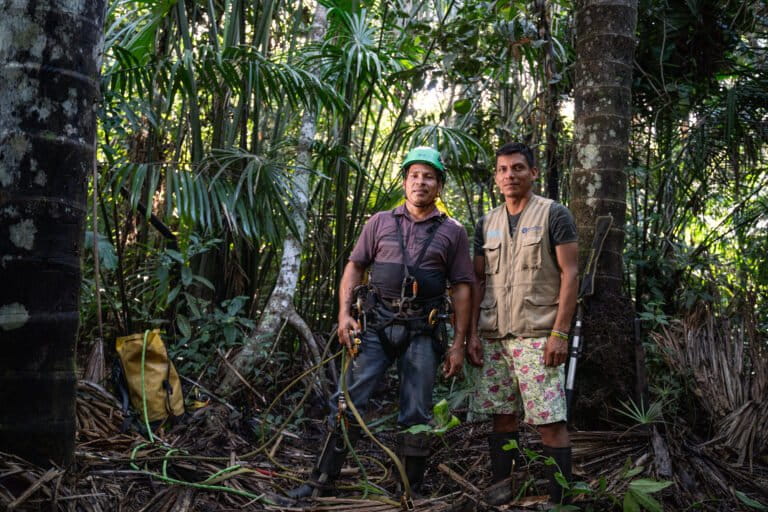- According to a new study published in Nature Climate, climate change may dry out 73 percent of the world’s small islands by 2050.
- This could affect about 16 million people living on the islands.
- Some of the island groups to be affected the most, according to the study’s projections, include the Juan Fernandez ‘Robinson Crusoe’ Islands, Chile, Easter Island, Chile, the Lesser Antilles, the Tuamotus, French Polynesia, and the Azores.
Sea level rise severely threatens small islands across the globe. But now, these islands have another cause for worry — reduced freshwater access and increasing aridity due to climate change.
According to a new study published in Nature Climate, climate change may dry out 73 percent of the world’s small islands by 2050. This is greater than previous estimates which indicate that 50 percent of the islands would become drier.
Island groups such as the French Polynesia, the Marshall Islands, and the Lesser Antilles are usually smaller than the resolution of the currently used Global Climate Models (GCMs), the researchers write. So these islands often get ignored in the model predictions, they add.
“Paper after paper in my field show changes in drought or aridity,” Kris Karnauskas, the study’s lead author and a professor of atmospheric and oceanic sciences at the University of Colorado Boulder, said in a statement. “But my eye always looks at the maps and graphs in those papers and I wonder why we can’t see islands. Using models, it turns out, is much less straightforward for islands than for places where there are big chunks of land.”

Instead, to predict the impact of climate change on small island groups, Karnauskas, and his colleagues, decided to look at the ratio of precipitation and evaporation for these small islands. Using this information, the team calculated an aridity change index (ACI) for 80 globally distributed small island groups, and found that rising temperatures and increased evaporation due to climate change put nearly 73 percent of the islands at risk of facing reduced freshwater availability and increased aridity by 2050. This would affect about 16 million people, the authors add.
“By moving beyond rainfall projections and accounting for changes in the climate system’s evaporative demand for water, the picture of future freshwater stress that emerges is variable from one island group to another, but with a clear trajectory for the majority of islands towards a more arid climate—similar to recent continental studies,” the authors conclude in the paper.
Some of the island groups to be affected the most by 2090, according to the study’s projections, are the Juan Fernandez ‘Robinson Crusoe’ Islands, Chile, Easter Island, Chile, the Lesser Antilles, the Tuamotus, French Polynesia, and the Azores.
“Islands are already dealing with sea level rise,” Karnauskas said. “But this shows that any rainwater they have is also vulnerable. The atmosphere is getting thirstier, and would like more of that freshwater back.”
Citation:
- Kristopher B. Karnauskas, Jeffrey P. Donnelly, Kevin J. Anchukaitis. Future freshwater stress for island populations. Nature Climate Change, 2016; DOI: 10.1038/nclimate2987














